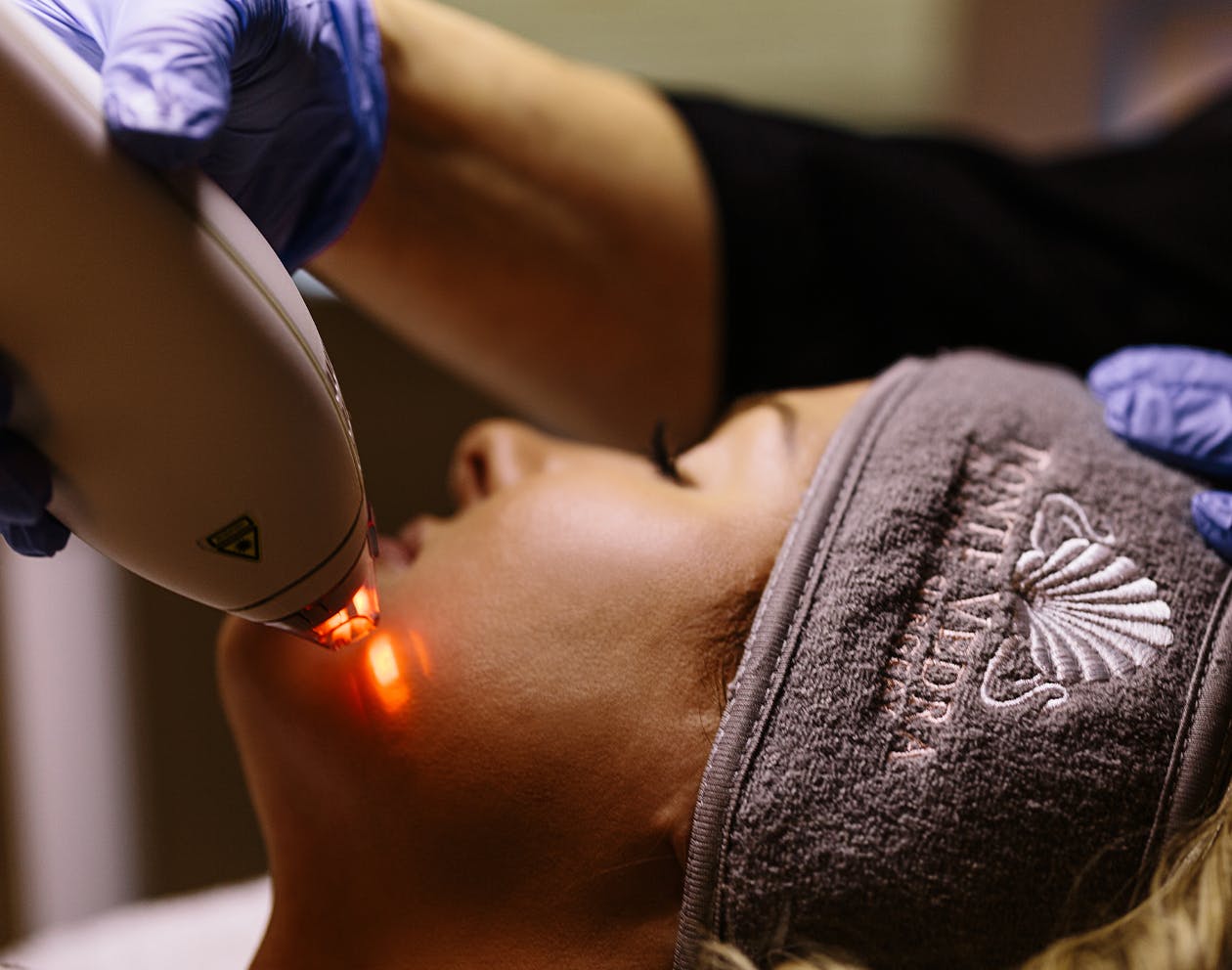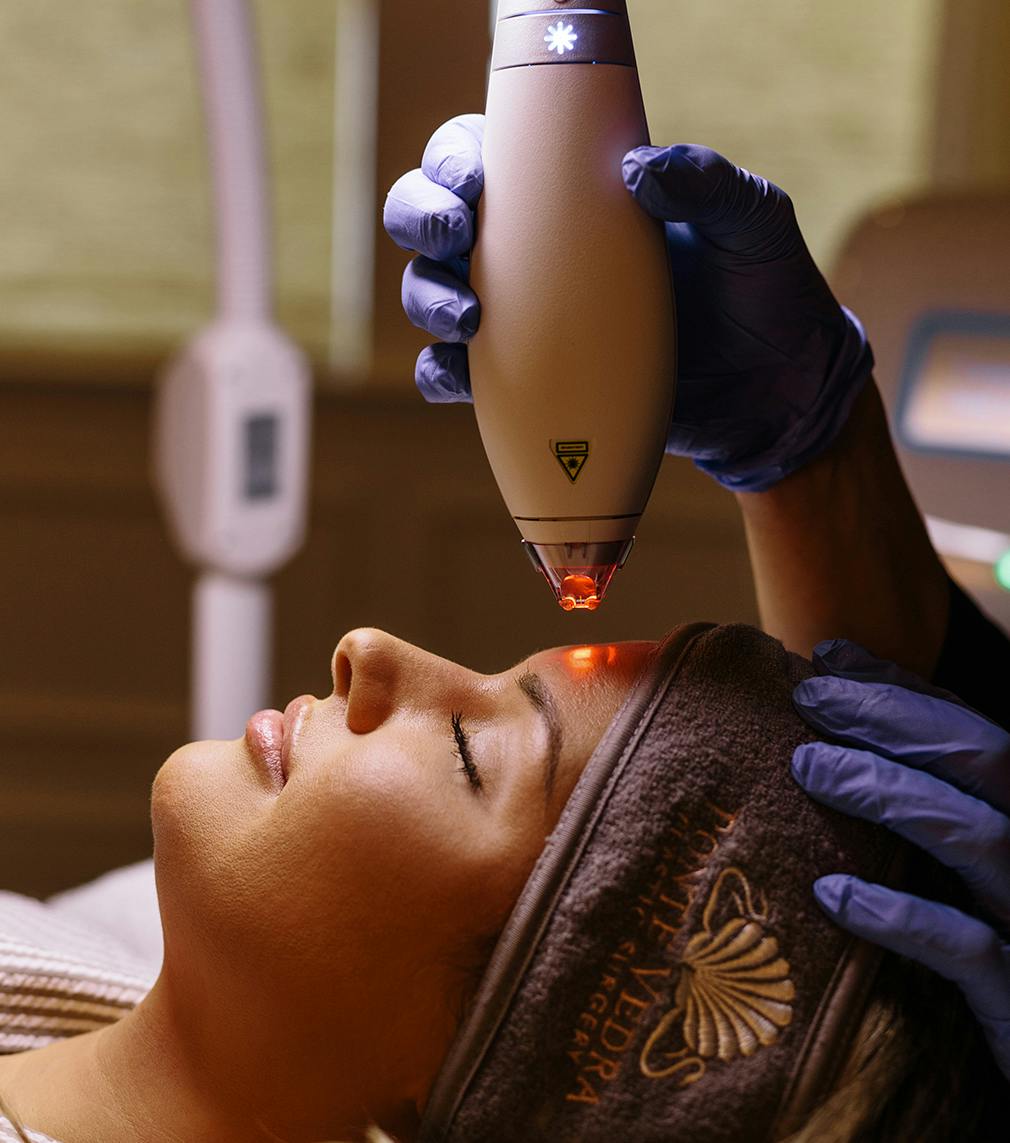One of the most exciting new advances in cosmetic surgery treatments is laser skin resurfacing. Laser skin resurfacing treatment is a non-intrusive treatment and is often the perfect option for reducing minor lines and wrinkles or discolorations.
Results
While laser skin resurfacing does not stop the aging process, the results can still be long-lasting. As you continue to age, you may consider additional laser skin resurfacing treatments.







